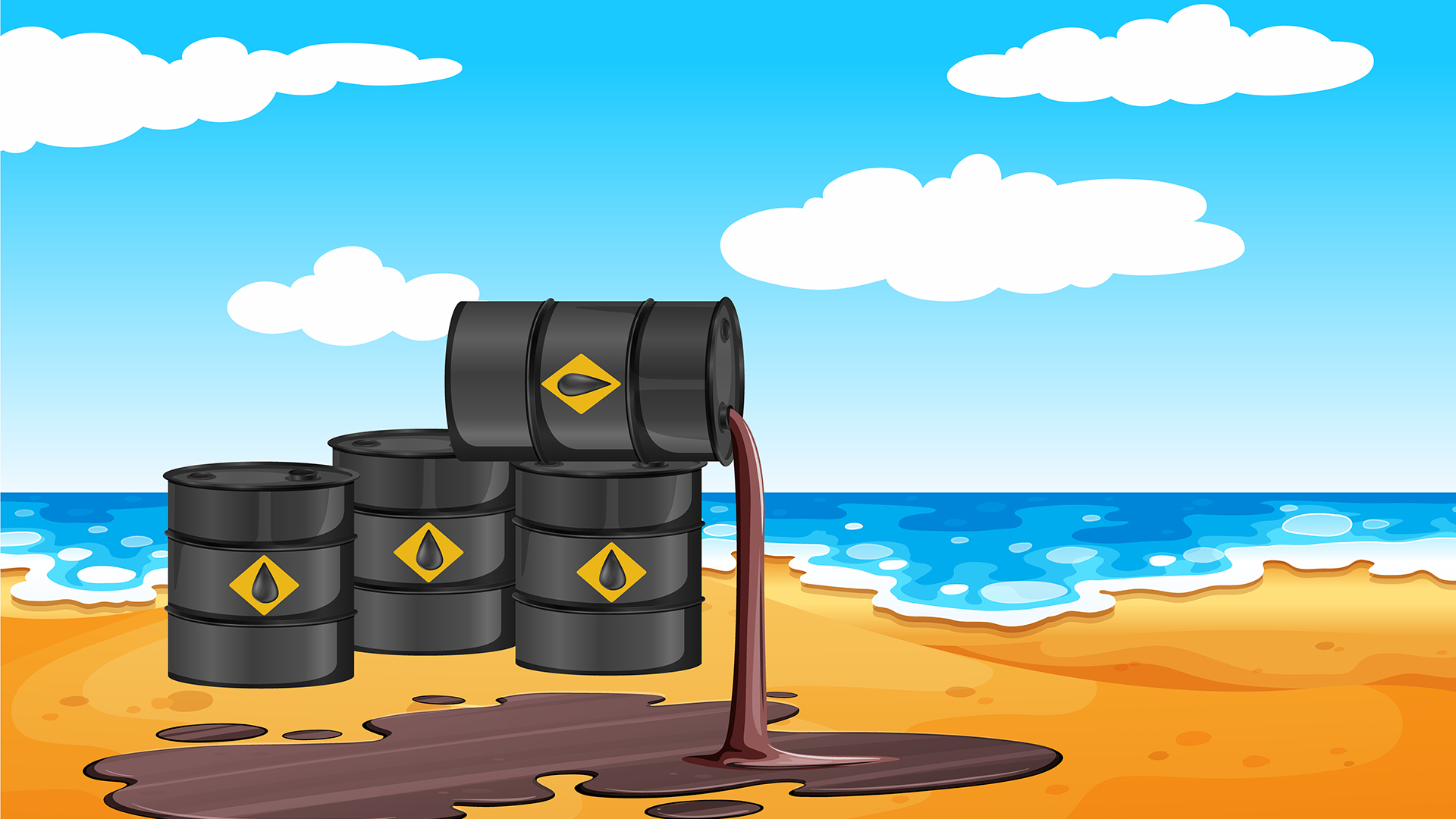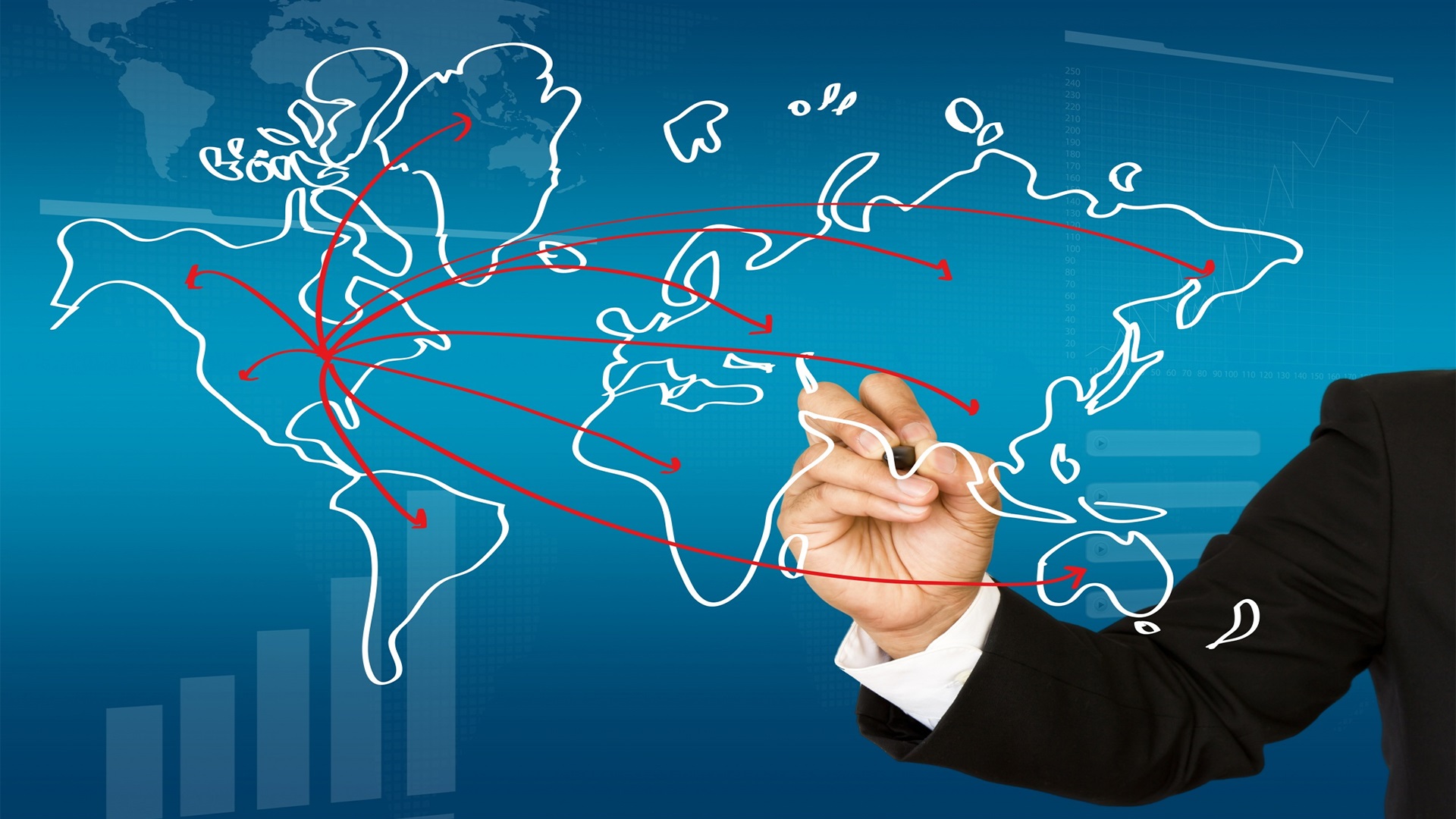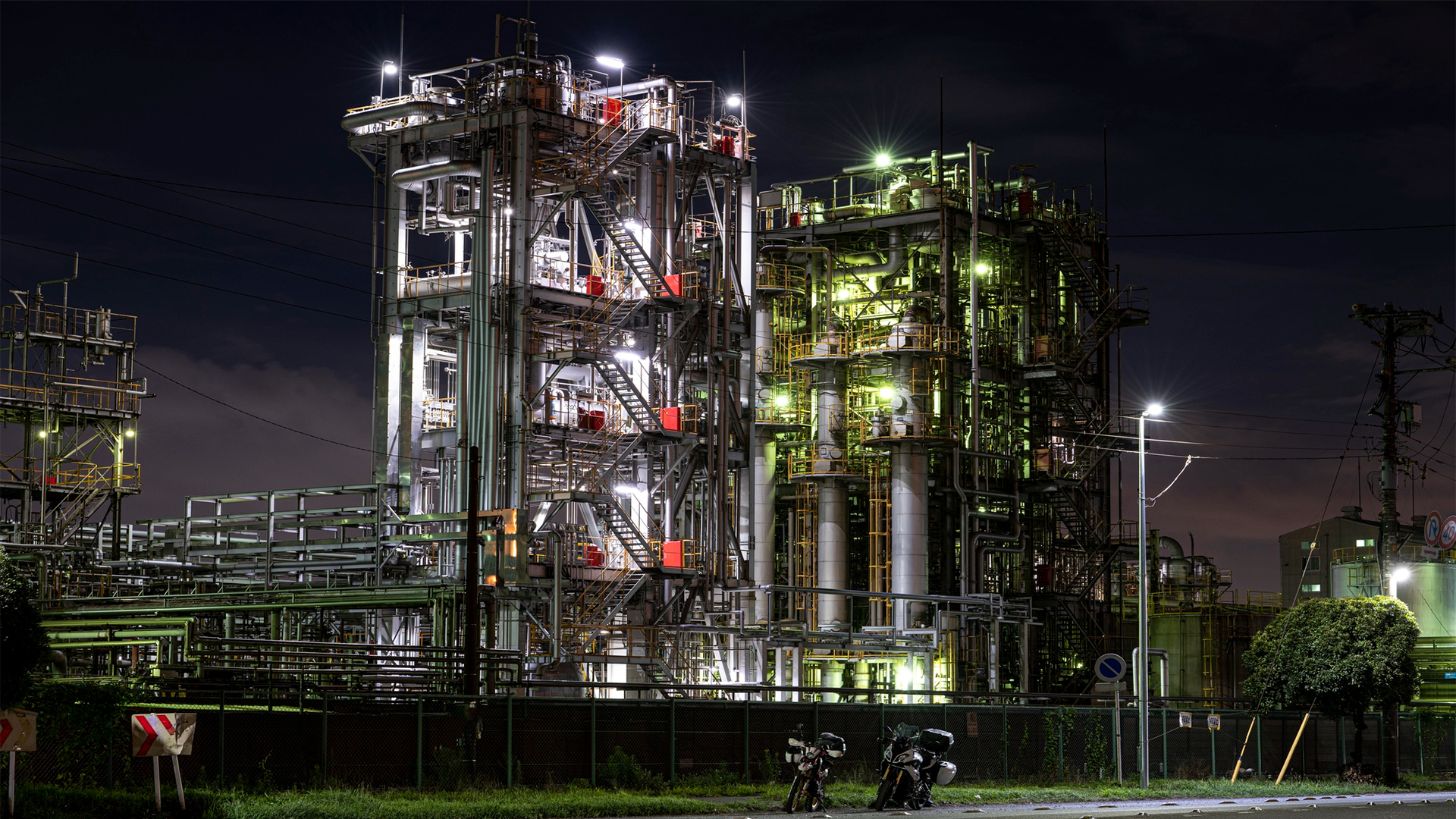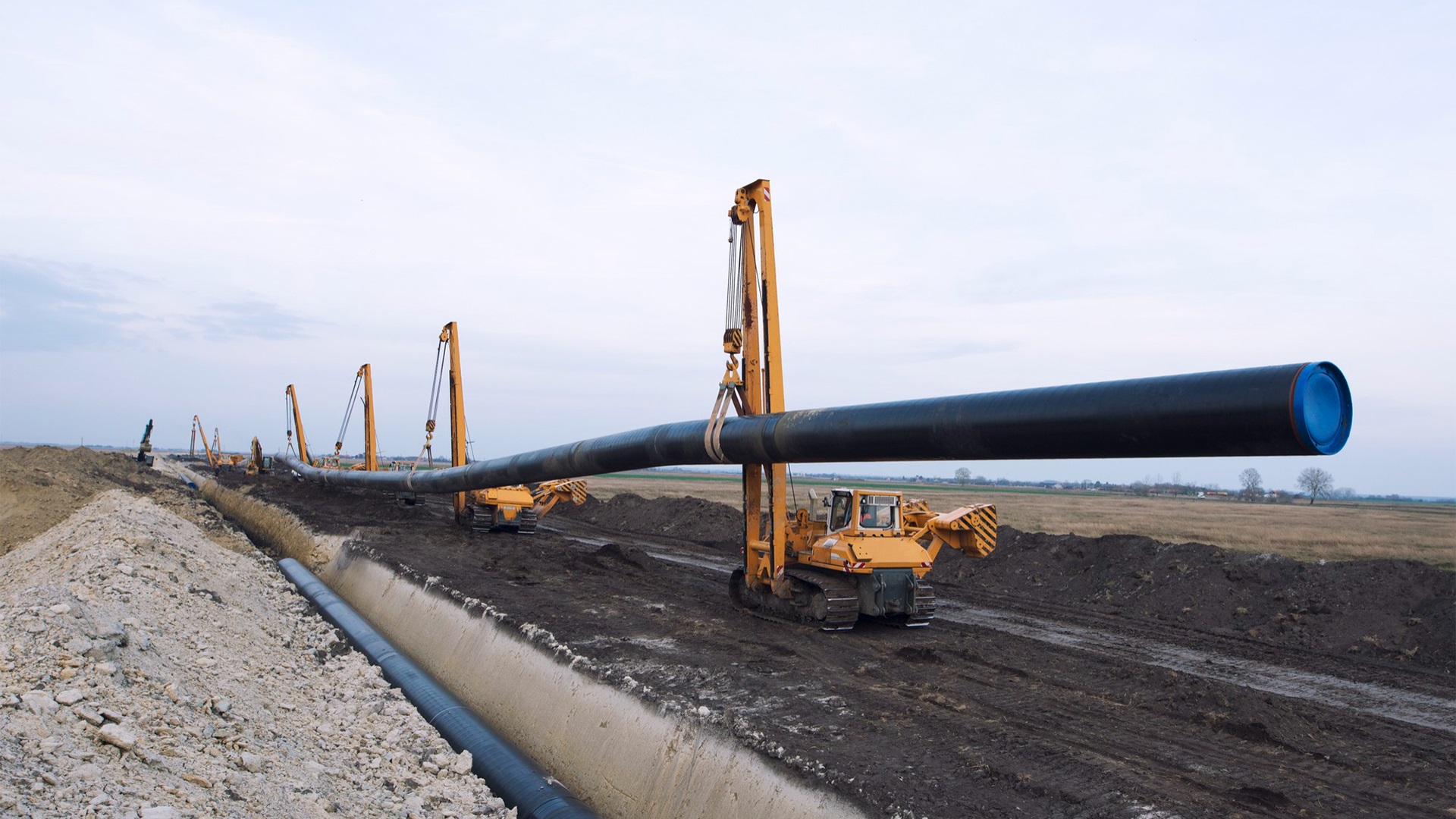
Clean Up Oil Spills: Pro Techniques
Course overview
One of the most harmful and dangerous marine mishaps is an oil leak. All marine organizations are required to abide by a set of principles and standards of operation in order to prevent such mishaps due to the tremendous harm and losses they bring to marine life and the marine environment.
In the event of an oil leak, marine organizations are required to pay significant fines to offset the severe harm the spill caused. Because they are aware of the complexity involved in managing an oil leak, managers and supervisors at marine vessels, terminals, and/or jetties are given discretion over a number of crucial decision-making and action-related factors.
Managers and supervisors must make decisions based on the information and details obtained from the on-scene commander, while on-scene commanders are in charge of executing the initial actions and measures at the scene. The environment, international rules and regulations, as well as political and media intrusion, are all factors that managers and supervisors consider.
Additionally, they are in charge of determining the financial and legal ramifications and making the required moves in that regard. Different oil spill models are beneficial and have an impact on the choice and strategy managers and supervisors make on the next line of action. Oil spill models are crucial components in creating efficient response plans and contingency plans to deal with dangerous oil spills at sea.
These models, together with information on the location, rate, nature, and features of the spill, depend on the capacity to forecast meteo-marine conditions of the sea using numerical models of the atmosphere, waves, and hydrodynamics.
Introduction
It is possible to automate and perform operational mode numerical model activities for 24 hour service in civil protection agencies or for marine authorities to immediately act to control impact. The models MOTHY, MEDSLIK, MEDSLIK-II, and POSEIDON-OSM are a few well-known examples. As a result, managers and supervisors have a very important part to play in making quick decisions to reduce the effects of oil spills.
Participants will leave this Training Bee training course with a thorough awareness of oil spills and in-depth knowledge of oil spill models. Additionally, this course will clarify the duties of supervisors in oil spill situations. This will make it easier for people in supervisory positions to fully comprehend and carry out their duties.
We are The Training Bee, a global training and education firm providing services in many countries. We are specialized in capacity building and talent development solutions for individuals and organizations, with our highly customized programs and training sessions.
The younger levels, on the other hand, will know what is required of them to advance to the next level and can accordingly aim their efforts in that direction. This training is an advanced step toward managing oil spills remotely as well as locally, making judgments based on information gathered from the site and after taking into account any potential legal, financial, political, or other ramifications.
Learning Objectives
Upon completing Oil Spill Clean-up Methods, Response and Models (Supervisory Level), participants will be able to:
- A thorough understanding of oil spills, their effects, and the appropriate course of action based on records and data collected from the spill site.
- Having the knowledge and skills necessary to understand and make accurate judgments based on information and data obtained from records.
- Improved analytical and decision-making abilities so that one can make wise choices even when unable to view the state of or the extent of the harm caused by the oil leak disaster.
- The necessary self-assurance and expertise to engage with cutting-edge tools and methodologies, such as oil spill models, to obtain the necessary data to take the right next actions.
- In order to prevent delays in decision-making that can exacerbate the damage at the site, it is important to have clarity regarding the duties and responsibilities at the supervisory level.
Our Unique Training Methodology
This interactive course comprises the following training methods:
- Journaling – This consists of setting a timer and letting your thoughts flow, unedited and unscripted recording events, ideas, and thoughts over a while, related to the topic.
- Social learning – Information and expertise exchanged amongst peers via computer-based technologies and interactive conversations including Blogging, instant messaging, and forums for debate in groups.
- Project-based learning
- Mind mapping and brainstorming – A session will be carried out between participants to uncover unique ideas, thoughts, and opinions having a quality discussion.
- Interactive sessions – The course will use informative lectures to introduce key concepts and theories related to the topic.
- Presentations – Participants will be presented with multimedia tools such as videos and graphics to enhance learning. These will be delivered engagingly and interactively.
Training Medium
This Oil Spill Clean up Methods, Response and Models (Supervisory Level) training is designed in a way that it can be delivered face-to-face and virtually.
Course Duration
This training is versatile in its delivery. The training can be delivered as a full-fledged 40-hour training program or a 15- hours crash course covering 5 hours of content each day over 3 days
Pre-course Assessment
Before you enroll in this course all we wanted to know is your exact mindset and your way of thinking.
For that, we have designed this questionnaire attached below.
- What is your present position or role in the oil and gas business, and how does it relate to responding to oil spills or managing the environment?
- Could you simply explain how you define the term “oil spill” and how it affects the environment?
- Describe the main goals of a successful response to an oil spill.
- What, in your opinion, are the principal difficulties and factors to be taken into account while responding to oil spills in your area of operation?
- What are the effects of oil spills on the environment and ecology, and how do they change depending on the magnitude and location of the spill?
- Are there any noteworthy oil spill accidents that have happened in your area, to your knowledge? If yes, give a brief description.
Course Modules
This Oil Spill Clean up Methods, Response and Models (Supervisory Level) covers the following topics for understanding the essentials of the Agile Workplace:
Module 1 – On-Scene Commanders’ Responsibilities
- Set the emergency response team in motion.
- Activate more contractors or vendors for the response
- Analyze the seriousness, effect, safety precautions, reaction needs, etc.
- Verify the site’s safety features.
- Share details about the situation and communicate
- Organize and finish all internal and external notifications.
- Engage the emergency response team in communication.
Module 2 – Supervisory Responsibilities
- Start taking remedial steps
- Limit site access and take action to lessen any negative effects on health and safety
- Enquire about medical aid
- Check for damage and leaks
- If at all feasible, locate and isolate the source.
- Interpreting numerical models’ and reports’ output
Module 3 – Cleaning Techniques
- Bioremediation
- Bioremediation accelerators
- Controlled burning
- Dispersants
- Dredging
- Skimming
Module 4 – Cleaning Supplies
- Booms
- Skimmers
- Sorbents
- Chemical and biological agents
- Vacuums
- Shovels
Module 5 – The Spill Response Procedure’s components
- A list of the proper safety gear, clothing, and cleaning supplies
- Suitable evacuation areas
- Equipment to put out fires is readily available.
- Containers for spill clean-up materials at the disposal
- First-aid supplies and techniques
Module 6 – Mapping of the Environmental Sensitivity Index (ESI)
- Definition Benefits
- Types of information
- The shoreline
- Biodiversity resources
- Human-use materials
Module 7 – Models of Oil Spill
- Definition
- Characteristics
- Advantages
- Functions
Module 8 – Additional Crucial Considerations
- Planning for emergencies
- Regulatory and legal framework
- Response procedures
- Handling liability
- Assessment and control of risks
- Government’s function and the media’s effect
Post-course Assessment
Participants need to complete an assessment post-course completion so our mentors will get to know their understanding of the course. A mentor will also have interrogative conversations with participants and provide valuable feedback.
- How has your knowledge of oil spill response techniques changed since you finished the course? Please give specific illustrations.
- Can you give any examples of when you have used the information you learned in this course to enhance environmental management or the response to oil spills in your organization?
- How have your leadership and decision-making abilities improved as a result of the training in your present or upcoming supervisory role?
- Have you faced any difficulties in your supervisory position that the course material has helped you resolve? If yes, give more details.
- Consider the course material’s discussion of the effects that oil spills have on the environment and ecology. How do these realizations affect your sense of accountability in your work as a supervisor?
Lessons Learned
Leadership in Oil Spill Response: Supervisors are essential to a well-planned and successful oil spill response. For managing complex situations, leaders must possess traits including good communication, decision-making, and adaptability.
Understanding Environmental Impact: Participants now have a thorough understanding of how oil spills have a significant negative impact on the environment and the ecology. They understand how crucial it is to act quickly and effectively to reduce harm.
Compliance with Regulations and Reporting: It is mandatory to comply with laws governing oil spills. Participants now recognize the importance of following legal and reporting standards, ensuring that businesses stay out of legal trouble and uphold their environmental obligations.







